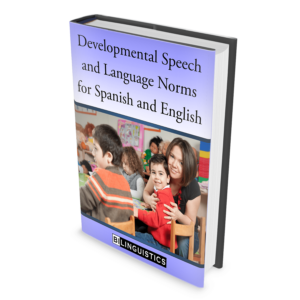 For those of you who don’t know me well, I have to admit that I am a bit of a tortured soul. I love working with clients and making gains in therapy. When I see ways in which our field can improve, I feel a real compulsion to act.
For those of you who don’t know me well, I have to admit that I am a bit of a tortured soul. I love working with clients and making gains in therapy. When I see ways in which our field can improve, I feel a real compulsion to act.
Here is where the torture comes in. Each time I sit in my chair, I have a choice to make–will I decide to fix something or continue on with my beautifully enjoyable speech therapy. No one would know the difference, right? If I kept doing therapy and evals for my 40 hours/week, the schools, children, clients, and parents would continue to be happy. But I would know the difference, and that’s the problem.
It is painful to put yourself out there to the masses and get positive and negative feedback. However, this is the only possible road if you want to create something truly valuable.
Take the topic of “Developmental Norms for Spanish and English” for instance
At every conference, we hear about the need for usable information on this topic. Free resources we have online have been downloaded thousands of times, and our group needs this information daily. So, we gathered all of the best information we could find and put it together in an e-book and WOW did we hear from you. We had almost 100 responses, many with comments that were highly charged.
It is not easy to hear criticism but I have to thank you for your honesty. We incorporated all of your suggested changes and the new e-book has nearly doubled in size. Here is what we did:
Be more Sensitive. Be more Specific.
We really heard from the research folks that the explanation of the available evaluations were way too lean. In our attempt to make things as simple and user-friendly as possible, we cut out what could easily be seen as dry information. Alas, members of our field trumped our nerdiness and shared that they wanted more information on the tests. We expanded the charts describing evaluations from 3 to 10 and gave some of the larger tests their own page. We added back descriptions such as Sensitivity and Specificity as well as the test’s intended population.
Update Research on Bilingual Phonology
We are guilty here of not including the most up-to-date information that we have on bilingual phonological development. The truth is that the research that we gathered on the BAPA (438 children) has not been published yet but is extremely valuable. Secondly, it is A LOT of information and it took us a while to present it in a way that was meaningful. Now, we included 20 easy-to-read bar graphs from the data set we presented at ASHA, TSHA (Texas), and CSHA (California).
Redo the Organization of the Document
We organized the first e-book by age-of-acquisition and then in order of how popular or useful a chart has been to us. This made complete sense to us at first but users wanted clean and separate Speech and Language sections that are then organized by age. This is now done. Sometimes, the obvious is illusive.
 The new e-book has 55 charts and graphs and is 46 pages long. We sent a complimentary update to everyone who purchased the first copy.
The new e-book has 55 charts and graphs and is 46 pages long. We sent a complimentary update to everyone who purchased the first copy.
Thank you for holding us to our commitment to work to make speech-language pathology better.
The Team at Bilinguistics
“There is only one way to avoid criticism: do nothing, say nothing, and be nothing.” – Aristotle




